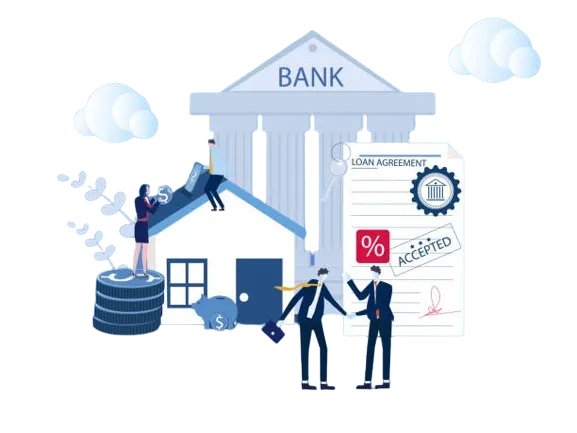


We Help All Credit & Employment Profiles
When the Banks fail you, Alberta Home Lending prevails

FORECLOSURE LOAN
When you're behind on your mortgage payments, we can help you access the funds you need to bring your mortgage up to date. We can assist you even after you've been served a statement of claim. We successfully helped thousands of people repay their arrears.

HOME EQUITY LOAN
When you need access to capital but currently don't have the financial means, we'll help you access the equity built up in your home to use for emergencies, renovations, purchasing another property, property taxes, or other needs.

HOME REFINANCE
When you want to lower your monthly mortgage payment, or change the terms of your mortgage, we can assist you in finding a better mortgage solution to fit your needs, and help you access extra cash to use for emergencies, investments, or other necessities.

DEBT CONSOLIDATION
When you're juggling many bill payments, often at a higher rate, we can help you get one loan that will repay all your existing debts. The new loan will be the only payment you'll have, and at a lower rate than your current high interest debt.

SELF EMPLOYED MORTGAGE
When you earn non-traditional income, it can be tough getting approved for funding by a bank. We have access to lenders who will lend money to self employed homeowners so you can access the funds you seek for your life and business needs.

SECOND & THIRD MORTGAGE
When you need to access capital right now, but don't have enough money in your bank accounts, we can help you tap into your home equity with a second or third - often smaller mortgage - so you can access the funds you need right away.

20 YearsIN BUSINESS

4.7 StarsSATISFIED CLIENTS

2,500,000+LENDABLE FUNDS

About us
Our Clients Are Our Priority
For over 20 years, we strived to find the best fit lending solution that best suits your financial needs, with flexible terms, and flexible repayment so you can find relief in your current situation
Apply Online
Send Documents
Get Funded
Better Than The Banks
We help poor credit, self employed, and non-traditional income so you can get the relief you need.
What Our Customer Are Saying

They are excellent. Their service quality was truly exceptional. Highly recommended
W.

Their experience and guidance were invaluable in arranging our mortgage
T.

They were extremely patient and helpful with my financial needs for my property
C.
Get Approved Today!
Getting approved is easy with our online application form that just about anyone can do
Frequently Asked Questions
Do I need to own a home to receive funding?
Yes, we only serve homeowners at this time. We use your property as security to lend you capital
I have bad credit; does this hinder my approval?
No, our lenders don't look at your credit score to determine approval.
I already have a first and second mortgage; can I get approved?
Absolutely. We can arrange a second and third mortgage, as long as your property has enough accumulated equity
How do I get approved?
As soon as you fill out our quick online application, which takes less than 2 minutes to complete, you'll receive a confirmation by email and a Mortgage Manager will contact you with the next steps within the day
What type of information do I need to provide to get approved?
We will require proof of identity, and a copy of your mortgage statement. In some instances we will also require proof
of home insurance, property tax statement, and an appraisal of your property. It's on a per case basis.



